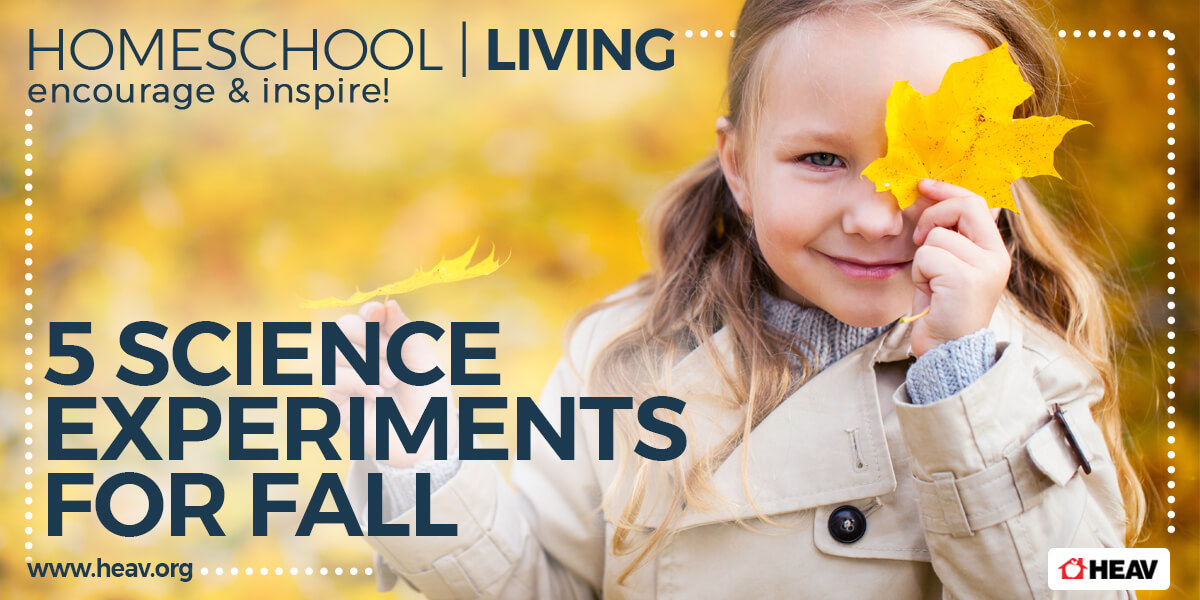Five Science Experiments for Fall
Science experiments come into their own in the fall! Changes in the natural world around us, beginning-of-the-school-year enthusiasm, and cooling temperatures starting to limit time outside inspire tons of creativity and excitement for new learning projects. Check out these five must-do fall science experiments.
One of the most common questions you’ll hear from little ones as fall gets under way is “Why do leaves change color?” You can answer that question with a cool, colorful chromatography experiment that uses items you already have in your home. This fun visual of the colors “hiding” behind the chlorophyll in green summer leaves takes a little bit of patience, but can result in a big payoff, especially if you collect leaves from local trees, save the results of your experiment, and compare them to the trees as the leaves change over the next month or so.
You can take advantage of the season to track the animals that pass through your backyard as they scout for food and prepare for winter. This backyard animal tracking station is easy to make and set up, and can be used for as long as you like. Try it for a few nights or document a longer process over the changing season.
The seasonal candy is the perfect size to launch from these candy corn catapults from Frugal Fun 4 Boys! Try creating a simpler one with your younger children, and let older ones recreate one of the more advanced styles, or challenge them to come up with their own designs. Designing different catapults to focus on different aspects like force, distance, and strength is an excellent STEM activity that can be tailored to the abilities of students of all ages.
Hopping corn is another simple experiment that takes advantage of a few ingredients from your kitchen and incorporates a seasonal aspect for an entertaining learning experience. Letting kids theorize the cause of dancing popcorn is great for practicing reasoning and logic skills, documentation, and more. This fun fall variation on the classic baking soda and vinegar volcano is a bit easier to demonstrate and play around with, since you don’t have to construct the volcano base. Try it with other fall items like pumpkins and gourds, and let kids experiment with creating “volcanoes” of different sizes. Older students can try to calculate how much of the baking soda and vinegar mixture will be needed for their varying containers









